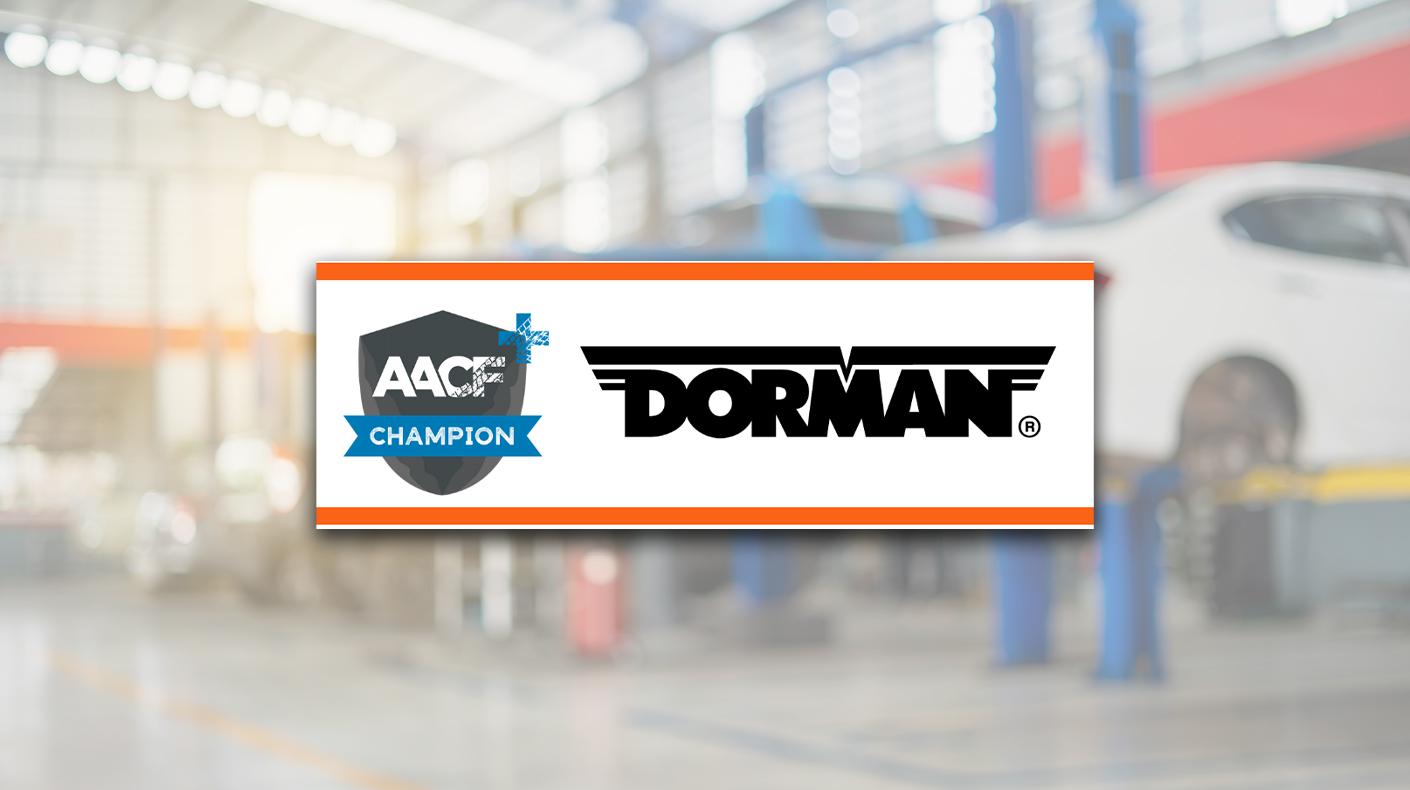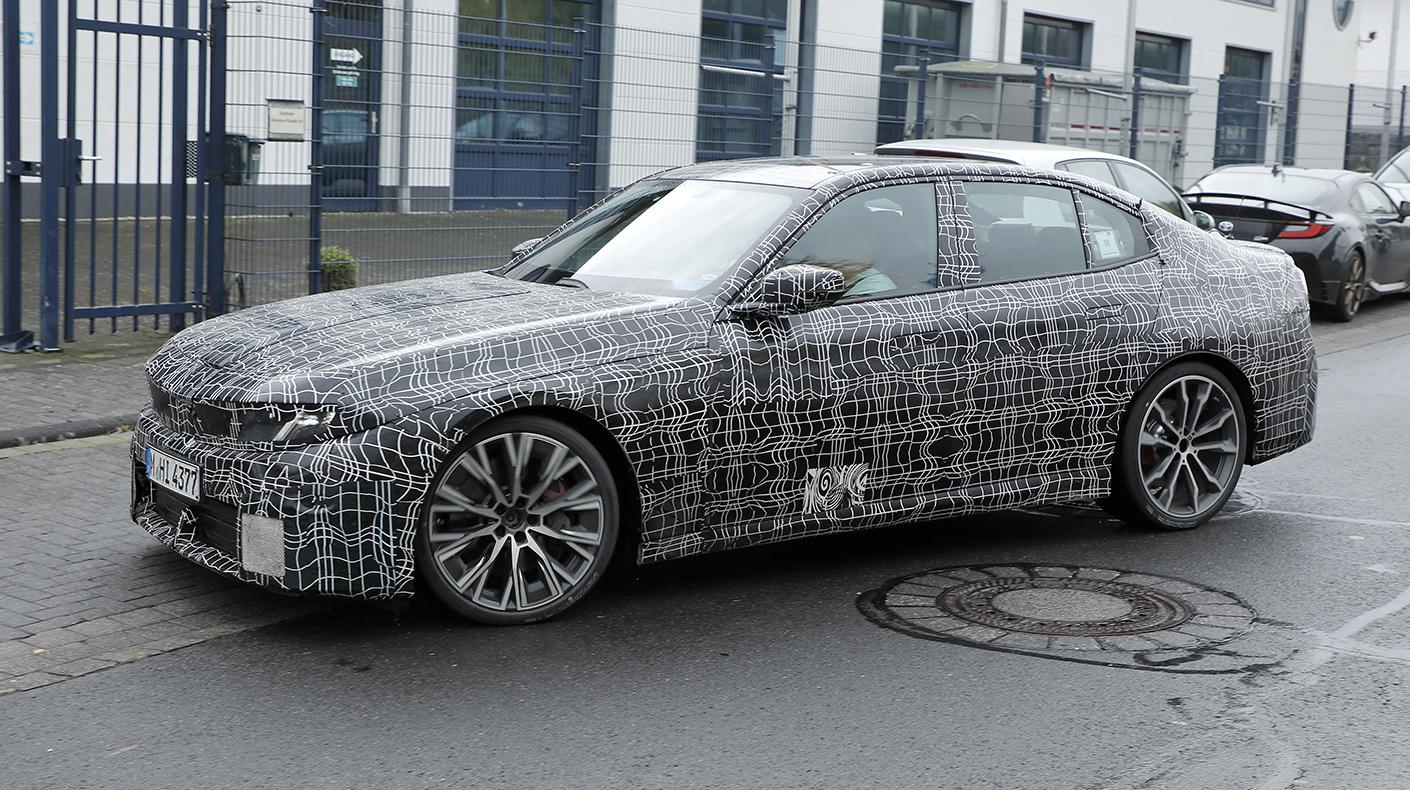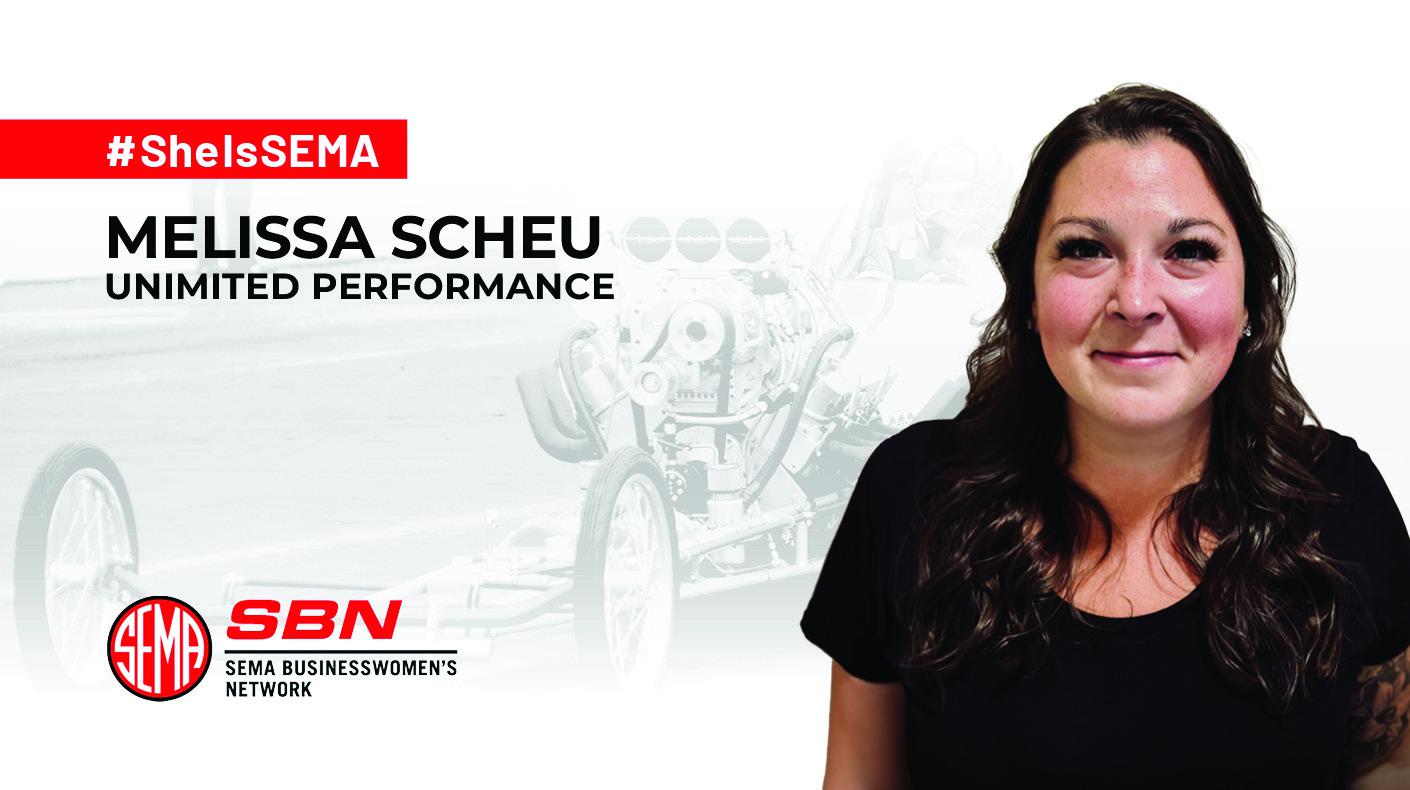SEMA News—March 2013
INTERNATIONAL
By Linda Spencer
Considering Mexico
Strong Growth and Fatter Pocketbooks Warrant a Closer Look at the Potential in Latin America’s Second-Largest Economy
|
|
|
Automotive specialty-equipment manufacturers might want to take a look at selling into Mexico, the second-largest export market for the United States.
According to the International Monetary Fund, 85% of the world’s growth—and new customers—over the next five years are located outside the United States, and our neighbor to the South is an increasingly interesting market.
Mexico is the largest Spanish-speaking country in the world, has a population of 116 million and is enjoying healthy economic growth. It also has a growing middle class and is finally witnessing a reduction in the mostly drug-related violence that peaked over the past five years.
Among the positive indicators:
- Economy Strong, Middle Class Growing: In sharp contrast to the economic woes of 2007–2008, when Mexico’s economy shrank by 6%, its economy grew 4% last year—quicker than even Brazil’s. Credit is increasingly available, inflation is under control and more of the population is joining the middle class, according to a new study put out by the Wilson Center based in Washington, D.C.
- Sizable Passenger Vehicle Market and Healthy Annual Sales: Mexico has 20 million motor vehicles in circulation, with strong annual sales of about 1 million.
- Mexicans Love Trucks: Mexican motorists enjoy and use light trucks. Between 2005–2011, 40% of all vehicles sold in Mexico were pickups and SUVs.
- Similar Vehicle Demographics: Many of the vehicles sold in Mexico are the same models that sell well in the United States. Between 2005–2011, the best-selling pickups in Mexico were Ford’s F-150 and F-250, with 232,810 units sold. The Chevrolet Silverado was also a top model, with 164,928 sold during that period. Jeep sales were also strong, with 145,397 sold between 2005–2011, and Ford also sold 13,511 Mustangs between those same years.
-
Mexico as an Entryway: The country is an increasingly important gateway to the rest of Latin America. Mexico has free-trade agreements with 44 countries—more than any other country in the world—including the 2004 North American Free Trade Agreement, which eliminated most tariffs between Mexico, Canada and the United States.
Mexicans are big fans of musclecars, both classic and more current models. Between 2005–2011, 13,511 Mustangs were sold in Mexico.
The Automechanika show attracts buyers from throughout Latin America. - No Argentinian or Brazilian Tariffs: Among the many trade deals negotiated by Mexico is its most recently modified pact with Argentina, which allows Mexico to export up to $600 million in Mexican vehicles to that country without tariffs. Mexico also has a free-trade deal with Brazil. Both Brazil and Argentina are notorious for their high tariffs, but their agreements with Mexico allow vehicles and parts—up to a certain limit—to be shipped to those countries tariff free.
- OEM Production: There are nine manufacturers producing vehicles in Mexico, including Ford, GM, Chrysler, Volkswagen, Toyota, Nissan and others. These days, Marcos Alvarez, business director of Big Country America, is quite optimistic about sales opportunities in Mexico and indirectly to the rest of Latin America. Alvarez notes, “International eyes are on Mexico now under what has been called MEMO [Mexican Moment], as quality, lead times, trust and currency and political stability are bringing back manufacturing from Asia to Mexico.” By selling to the vehicle manufacturers’ Mexican operations, SEMA members can find an additional route to reach South and Central American markets.
There are two excellent upcoming opportunities to explore the Mexican market. For the first, you don’t even need to leave the United States.
The annual SEMA Show, held each year in early November, draws more than 130,000 visitors, and 25% of all buyers attending the trade-only event come from outside the United States, including large numbers from Mexico and other Latin American countries.
Another first-rate automotive event where companies should consider exhibiting is the annual PAACE Automechanika show, which will be held July 10–12, 2013, at Centro Banamex in Mexico City. The 2012 event boasted 14% growth, with 541 exhibiting companies from 20 countries and 19,763 visits by specialized buyers from more than 33 countries.
This year, PAACE Automechanika will feature a specialized vehicle area where the cars will be categorized as “Import,” “Euro,” “Racing” and “Classic.”
For more information about SEMA’s international programs, both year-round and at the SEMA Show, contact SEMA Director of International Relations Linda Spencer at lindas@sema.org.
For more information about PAACE Automechanika, contact paminfo@usa.messefrankfurt.com.






